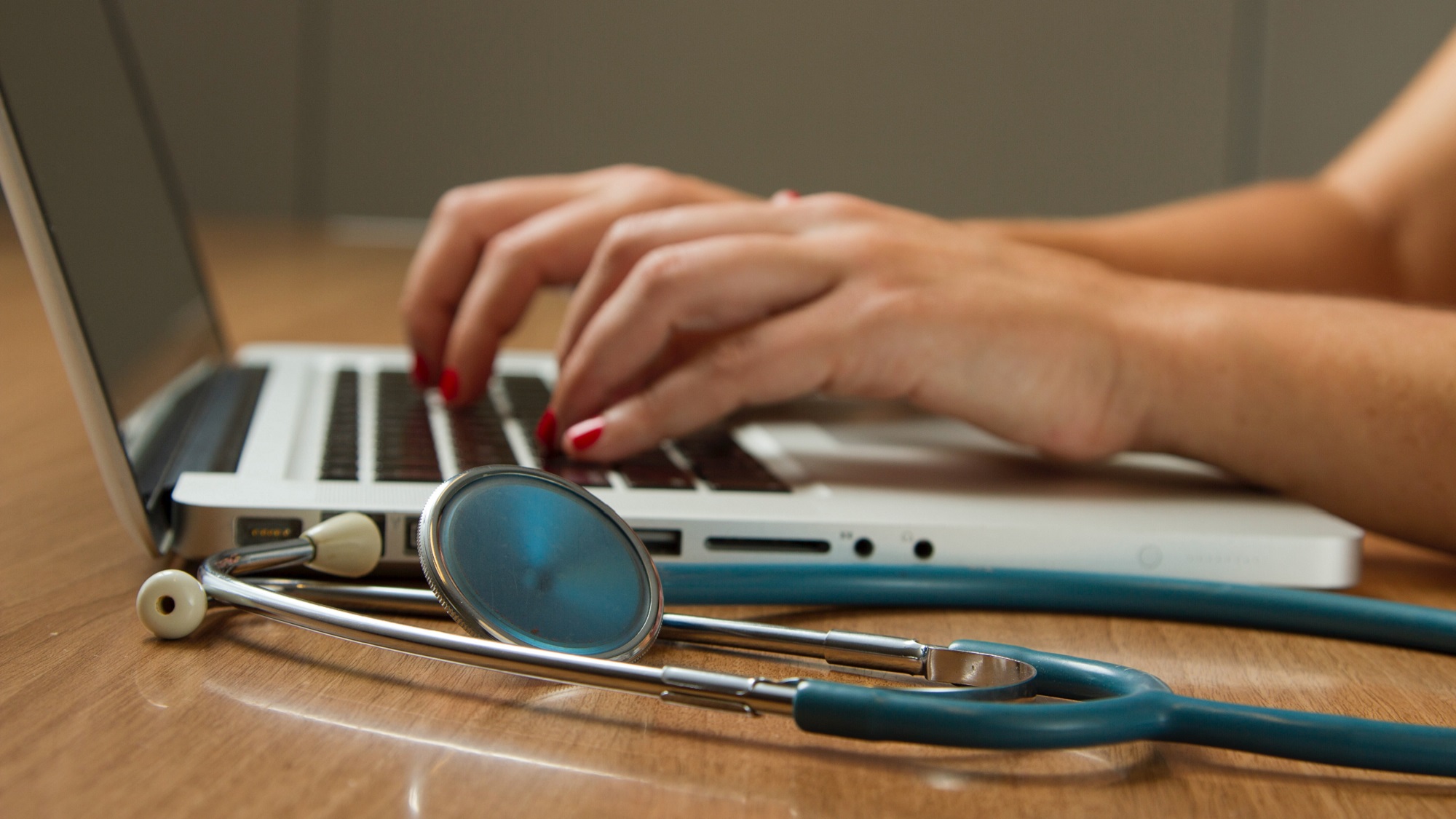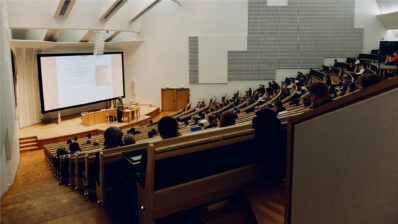“We know many of the factors that influence breast cancer risk; although we can’t do much about them, we can use this information to predict the risk of the disease”, explains Javier Louro, researcher at the Hospital del Mar Medical Research Institute (IMIM) and Hospital del Mar.
Therefore, generating a predictive model based on the individual risks of each patient could make screening programs more powerful by reducing false positives and overdiagnosis (cases where patients are treated even though the cancer grows slowly and does not cause problems). Thanks to the BreastScreen Norway screening program, which performs a mammography every two years on volunteer women aged 50-69, IMIM and the Norwegian Cancer Registry have designed a model to predict individual breast cancer risk.
“This is one of the first models designed to guide breast cancer screening strategies throughout an individual’s lifetime using real data from a screening program”
Javier Louro, IMIM-Hospital del Mar
In order to do so, they have used for the first time data from 50,000 women who participated in the Norwegian program between 2007 and 2020 and have analyzed a total of 10 risk factors, including: alcohol consumption, body mass index, age, family history and whether the woman has had a previous benign breast disease. These factors were compared between diagnosed and undiagnosed women.
The results show that within four years the risk of developing breast cancer can vary between 0.22 and 7.43%, with an average risk of 1.10%. In addition, some factors, such as the number of hours of exercise per week, have a greater protective effect than expected. Although this model is based on data from a single country and more studies are still needed to validate it, the model “could be considered key to carry out personalized screening tests, and reduce the harm and increase the benefits of mammographies” assures Louro. In this way, we would achieve much more effective screening programs.







